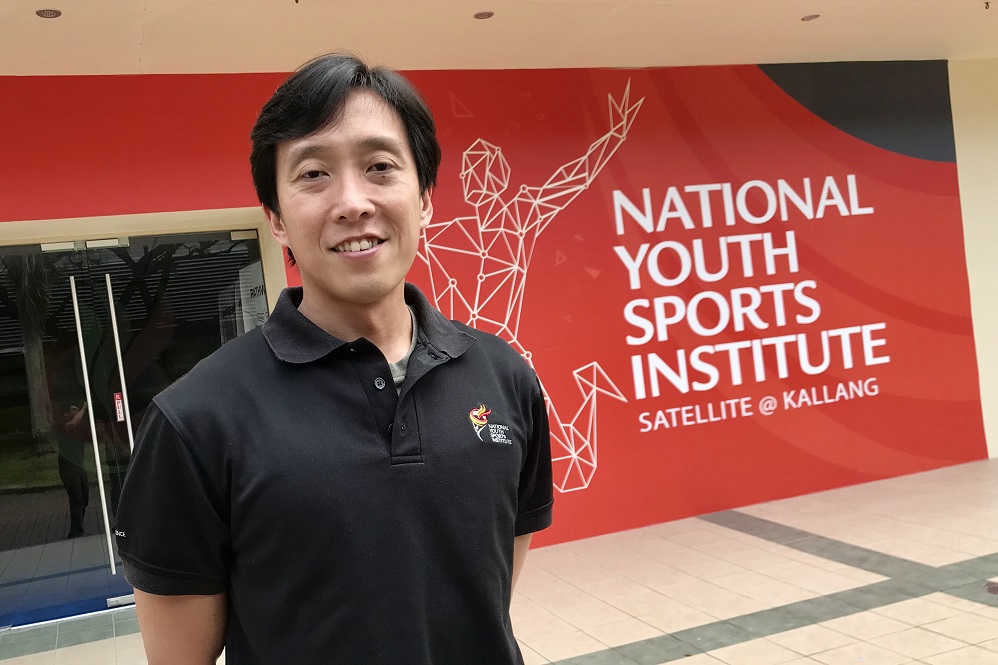
Dr Low Chee Yong, NYSI Head of Sport Science. (Photo courtesy of NYSI)
At the opening ceremony for the National School Games on January 24, 2018, Acting Minister for Education (Schools) Ng Chee Meng said that all of the 21 Junior Division sports competitions for primary schools will be reviewed.
Red Sports spoke with Dr Low Chee Yong, Head of Sport Science, from the the National Youth Sports Institute (NYSI), an agency under the Ministry of Culture, Community and Youth, to get a deeper understanding of the science behind the proposed review.
Red Sports: MOE said the review is to “reduce (the) perceived stakes of the competitions“. Why would lower perceived stakes be good for the development of a young athlete? What does the sports science say about this?
Dr Low: Lower stakes in a competition adjusted to suit the playing capabilities of the athletes is a misunderstood perception. A better way to look at this is what Burton and colleagues in their research have called ‘competitive engineering’ instead of lower perceived stakes.
Competitive engineering involves the modification of equipment, playing space and game rules to enhance children’s game involvement, enjoyment and intrinsic motivation. Research has shown that through modifying game rules and equipment, scoring opportunities increased by 100% and attrition rates fell by 50%. These changes are purported to lead to enhanced intrinsic motivation and long-term sport involvement.
This is important because much research has informed us that competitions played with adult formats do little to engage junior participants, leading to disengagement and subsequent withdrawal. Several key reasons were identified as to why children withdraw from sport and these reasons include a lack of enjoyment, low perceptions of competence, social pressures, competing priorities and physical factors, such as injuries and maturation.
If we can keep young athletes playing and competing in an environment they enjoy and in turn increase intrinsic motivation to better themselves, the development of a young athlete will be more long term and holistic. And an increase in the number of young athletes playing sports will only do good for Singapore sport ecosystem, particularly when our population size is small.
We need to make sure children who have potential keep playing and enjoying themselves so that proper developmental pathways can be made available to those who are interested to compete at a higher level.
NYSI is currently working hard with the rest of the stakeholders — Ministry of Education (MOE), Singapore Sports Institute (SSI), Singapore Sports School — to put in place pathways that cater to children with potential.
Red Sports: Would this move to modify formats affect the competitiveness of the competitions?
Dr Low: Modified games show an increase in the number of technical skills — passes, catches, plays and effective tackles. Giving young athletes more opportunities to perform technical skills is important to help them develop expertise and fitness in the sport, especially in a competitive setting.
In addition, we know that there’s a positive correlation between movement competence and subsequent participation in physical activity and sport. Hence, by offering more opportunities to develop technical skills, the systematically modified game is likely to retain more players in the game more effectively than the traditional format.
As long as competitions are well organised and involved, competition will still demand concentration and effort, providing opportunity to develop tactical awareness. We shouldn’t see any drop in competitiveness if the attempt to tier the athletes are done based on the right criteria. If done properly, we may even see higher standards of competition in each tier if athletes are developing the right set of skills through more opportunities to practice and compete in a longer competition calendar.
However, we have to bear in mind that the quality of competition can’t be judged based on just this initiative to modify games. The ecosystem must also put in place initiatives that allow freedom to play creatively, play in tournaments, well-organised training sessions and playing time, and playing against evenly matched teams, to help youth coaches manage training and the modified formats.
This is one area NYSI will be working closely with MOE and National Sports Associations (NSAs) to ensure that the right coaching framework and best practises are made available for coaches taking charge of junior athletes.
Red Sports: Would this move help to allow more room for late specialisation among school athletes? How so?
Dr Low: This move is just one piece of the puzzle. Currently, NYSI is working with SSI to ensure that the right developmental pathways (and these include developmentally appropriate competitions, age-appropriate coaching and training) are made available. In these pathways, frameworks like Long-Term Athlete Development (LTAD), Foundations-Talent-Elite-Mastery (FTEM) will ensure that the right developmental stages are in place so that we can avoid the ills of early specialisation — potential for injury, psychological burnout against the backdrop of a host of other potential sociological issues).
Modifying formats is a move in the right direction that will enhance Singapore’s youth sports ecosystem in a holistic and ecologically positive manner.
Red Sports: How does late specialisation benefit the school athletes?
Dr Low: We can all agree that some degree of sport specialisation is needed to attain success as an elite athlete. The question is when do we start to introduce intense training and increased volume of training in a single sport. From what we know of sporting systems in other countries, there are findings that show most elite athletes specialise at a later age and train significantly fewer hours in their main sport up until after adolescence.
The focus of sport participation must meet the physiological and psychological characteristics of young athletes, to help them develop technical-tactical skills and prevent injuries during their physical growth and biological maturation.
In addition, we cannot overlook enjoyment and fun given that they remain central factors for young children. I’m hoping the new competition formats will now allow youth coaches and teachers to implement fun and innovative coaching methods during training with less emphasis on training volume and intensity just to win competitions. If this is achieved, we will have a much higher chance of avoiding the negative aspects of early specialisation.
We have to take note that the Junior Development Review of the National School Games is just one intervention that will allow athletes to develop at the right pace. Other programmes — Junior Sports Academy, MOE’s Physical Education curriculum, sport clubs — are also important to help athletes experience other sports that will enhance their experience.

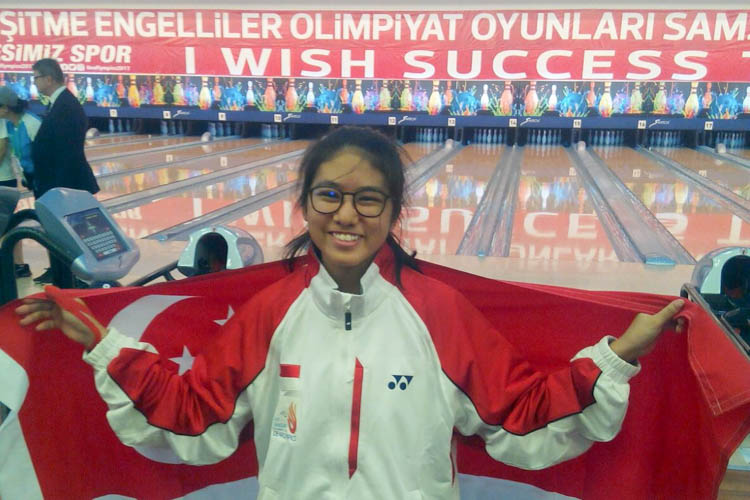
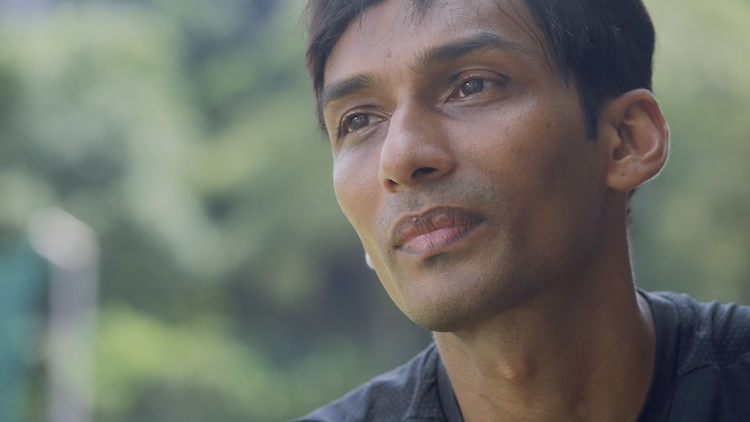
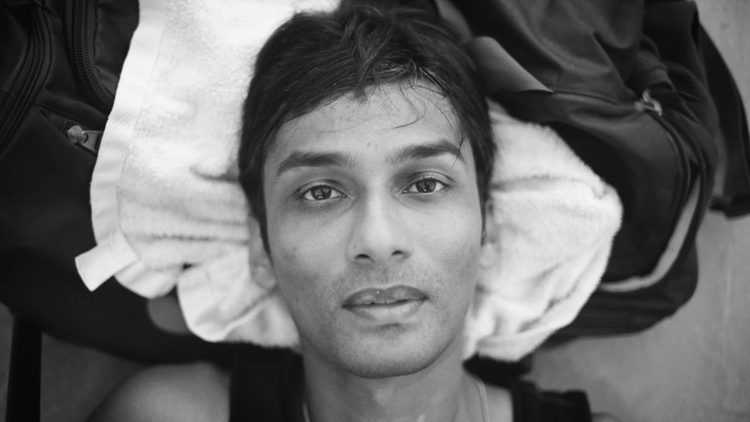
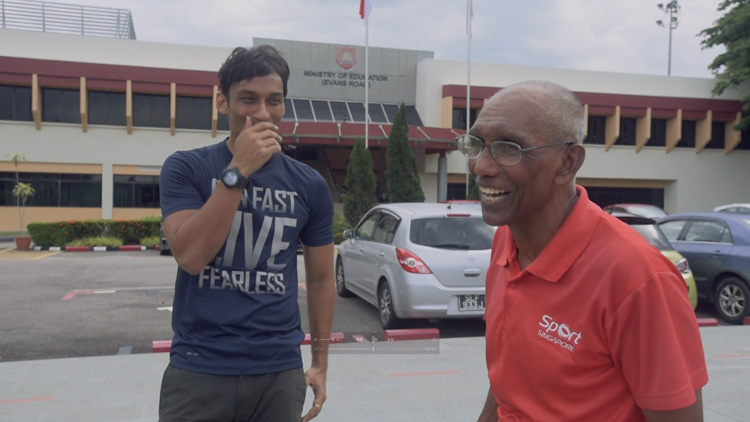
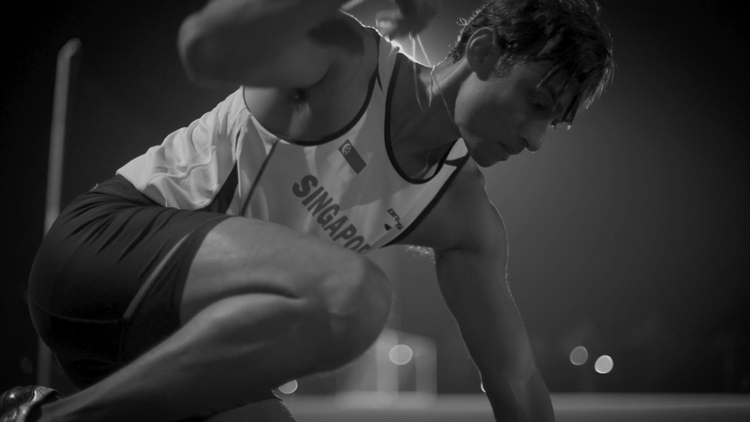
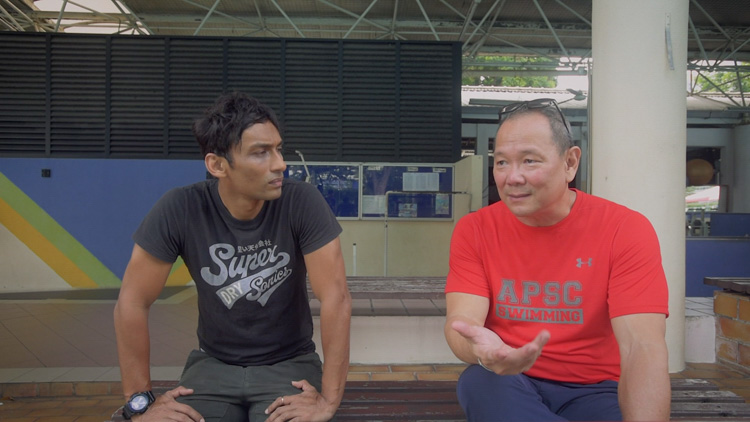
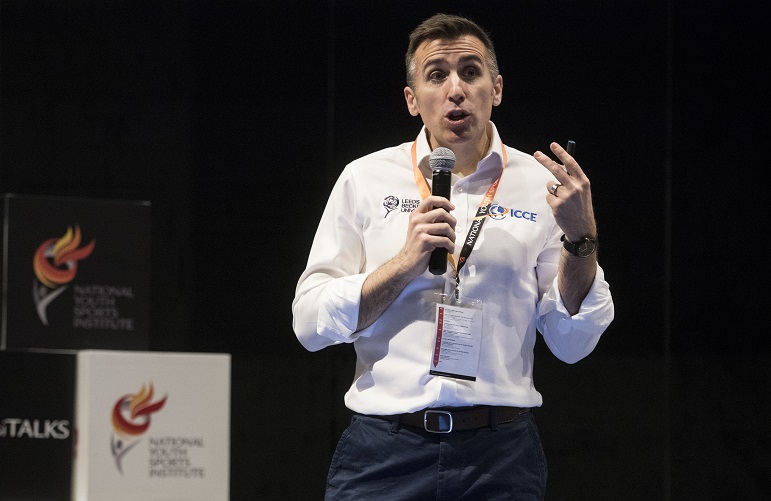
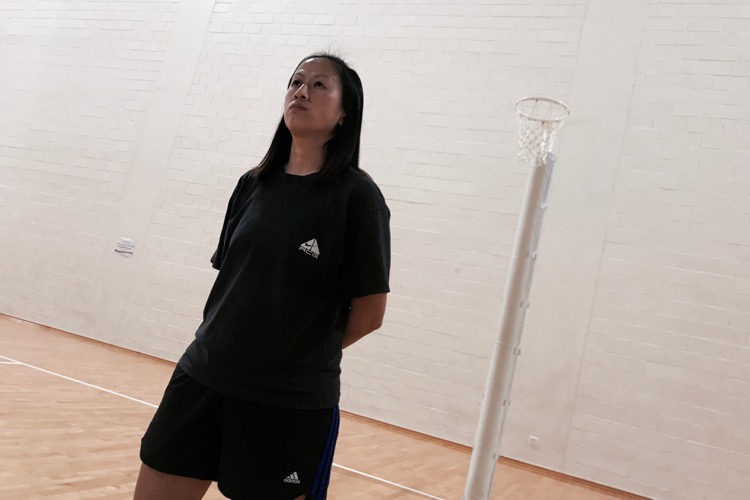
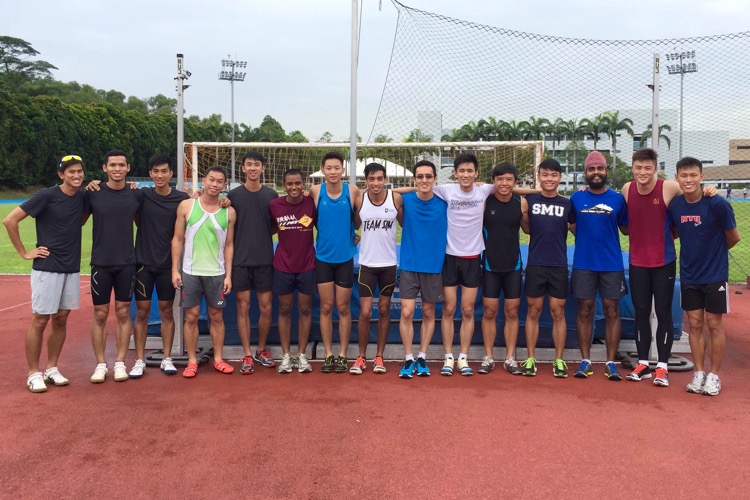

Leave A Comment